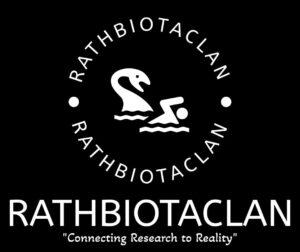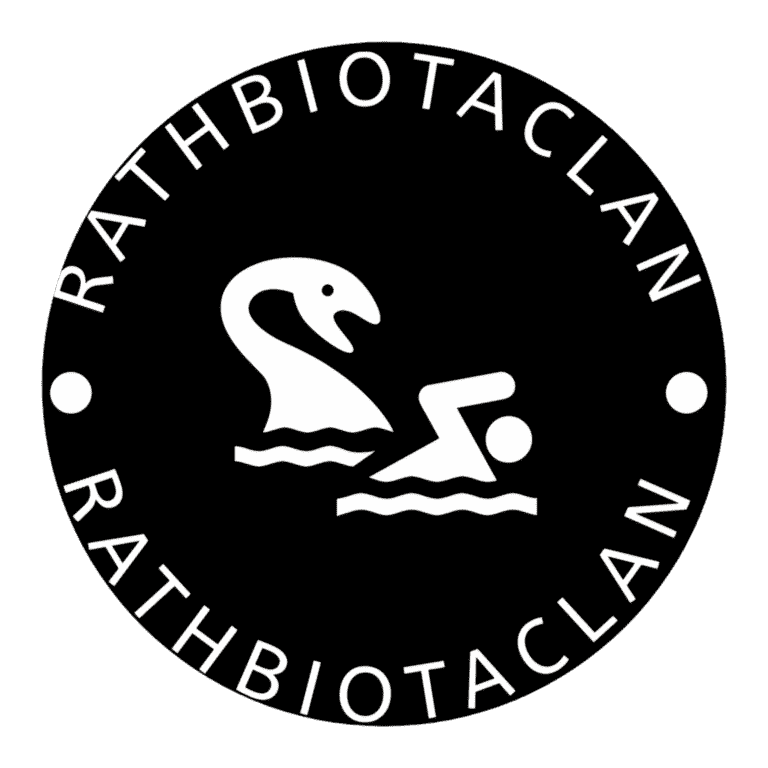In recent years, scientists have been exploring DNA as an ultra-dense storage medium. Remarkably, a single gram of DNA can store hundreds of millions of gigabytes, yet this process has been slow and intricate, requiring synthesis of each DNA molecule to store specific information.
Now, groundbreaking research by Long Qian and colleagues at Peking University has vastly improved this process. Through a novel method inspired by gene expression, they accelerated data encoding in DNA by up to 350 times compared to previous methods, a leap with enormous implications for future data storage solutions and the potential for robust, customized DNA storage devices.
Unleashing DNA’s Data Potential
DNA is built from four bases—adenine (A), thymine (T), cytosine (C), and guanine (G). By assigning specific patterns of these bases to represent data, scientists can theoretically store any information in DNA, similar to binary code. However, the high cost and time-consuming nature of synthesis limit its current use mainly to experimental settings.
Traditional DNA storage requires crafting each DNA molecule from scratch, carefully designing base sequences to encode particular information. This slow, costly process is undergoing a revolution thanks to Qian’s team, who applied concepts from gene expression to encode numerous DNA sequences simultaneously, making the process far more efficient and rapid.
Biological Process in Data Storage
In living cells, gene expression translates DNA into RNA, which then drives protein production through a highly efficient, enzyme-mediated process. Qian’s team adapted this biological model for DNA data storage, viewing it as a form of “biological printing.” Instead of synthesizing one base at a time, they encode large volumes of data onto multiple DNA strands at once, achieving unprecedented speeds.
Speed, Efficiency, and Practicality
Harris Wang, a DNA storage researcher from Columbia University, compares this breakthrough to the shift from manual typing to mass printing. Qian’s technique bypasses traditional bottlenecks, enabling large-scale DNA data storage applications to become feasible.
By employing enzymatic DNA synthesis, Qian’s team can now encode images and other data directly onto DNA without the laborious step of synthesizing each molecule individually. This method significantly boosts storage speeds, setting a milestone in DNA data storage technology.
Long-Term Data Storage Advantages
DNA’s remarkable stability makes it an ideal medium for long-term data storage compared to magnetic tapes or hard drives, which degrade over time. DNA can endure for millennia under proper conditions, making it perfect for archival storage. With these advances, DNA storage could become accessible and customizable, empowering individuals and businesses to store vast amounts of information on stable, tiny DNA molecules.
The concept of home DNA storage kits may not be far off, as technological advancements pave the way for personal DNA data banks. Such kits could retain data for decades without upgrades or replacements, making DNA storage a revolutionary option for data permanence, particularly in genomics, AI, and digital archiving.
Challenges in Accessibility and Scalability
Despite Qian’s breakthrough, several obstacles remain before DNA storage becomes mainstream. While enzymatic synthesis is faster, scaling it up could introduce new complexities. Additionally, retrieving data from DNA requires sophisticated, costly sequencing technology. As DNA storage technology matures, costs are expected to decrease, making it a more viable storage medium.
Environmental Impact and DNA’s Green Advantage
Another advantage of DNA storage lies in its potential environmental benefits. Unlike data centers with substantial energy needs, DNA storage requires minimal energy, making it a greener alternative for long-term data preservation. DNA can be stored compactly without cooling or constant power, greatly reducing its carbon footprint compared to traditional storage infrastructure.
Towards Practical DNA Storage Systems
While Qian’s achievements mark a significant milestone, advancing DNA data storage will hinge on refining both synthesis and sequencing technologies. Researchers anticipate a future where DNA storage becomes a secure, sustainable data solution accessible on a massive scale, redefining data management and preservation.
Integrating DNA storage with current technologies could enhance data reliability and sustainability, bridging biology and technology in unprecedented ways. Qian’s work exemplifies how innovations in biological sciences can address information age challenges, indicating that nature itself may hold the answers to future data needs.














